By Nerida McGilchrist, B.Rur Sc. PhD (RAnNutr)
Zeolites are mineral compounds composed mainly of aluminium, silica and oxygen. There are many different types of zeolites and they are widely used for many applications including water ‘softening’ where minerals are removed from water to improve its quality, and the clean-up of hazardous nuclear waste.
Zeolites are able to perform these roles because they have a large ‘cation-exchange capacity’ which allows them to attract and hold on to charge ions.
In animal nutrition, zeolites can also be used as toxin binders. But their usefulness as a toxin binder extends only as far as binding mycotoxins like aflatoxin that are charged and able to be attracted and ‘trapped’ by the zeolite.
There are many prevalent mycotoxins (like the mycotoxins found in perennial ryegrass) that are ‘non-polar’ or uncharged. (Learn more in The Tricky Truth about Toxin Binders). Zeolite has no ability to ‘bind’ these mycotoxins, making it useless in situations where these mycotoxins are the ones causing issues.
Zeolites can also be somewhat indiscriminate binders, and have the potential to bind and make positively charged minerals that are attracted to, and trapped by the zeolites, unavailable for absorption. Many important minerals, like calcium, magnesium, copper and zinc are positively charged and may be bound and made indigestible by zeolites.
There has also been some concern over the use of zeolite in equine rations due to the aluminium accumulation in bone and cartilage that was observed during studies where sodium zeolite A was fed in an attempt to improve bone strength.
So instead of using zeolites, we recommend that you use a mycotoxin binder that has been shown to be effective against a broader range of mycotoxins, and that doesn’t indiscriminately bind important nutrients, or contribute to aluminium accumulation.














